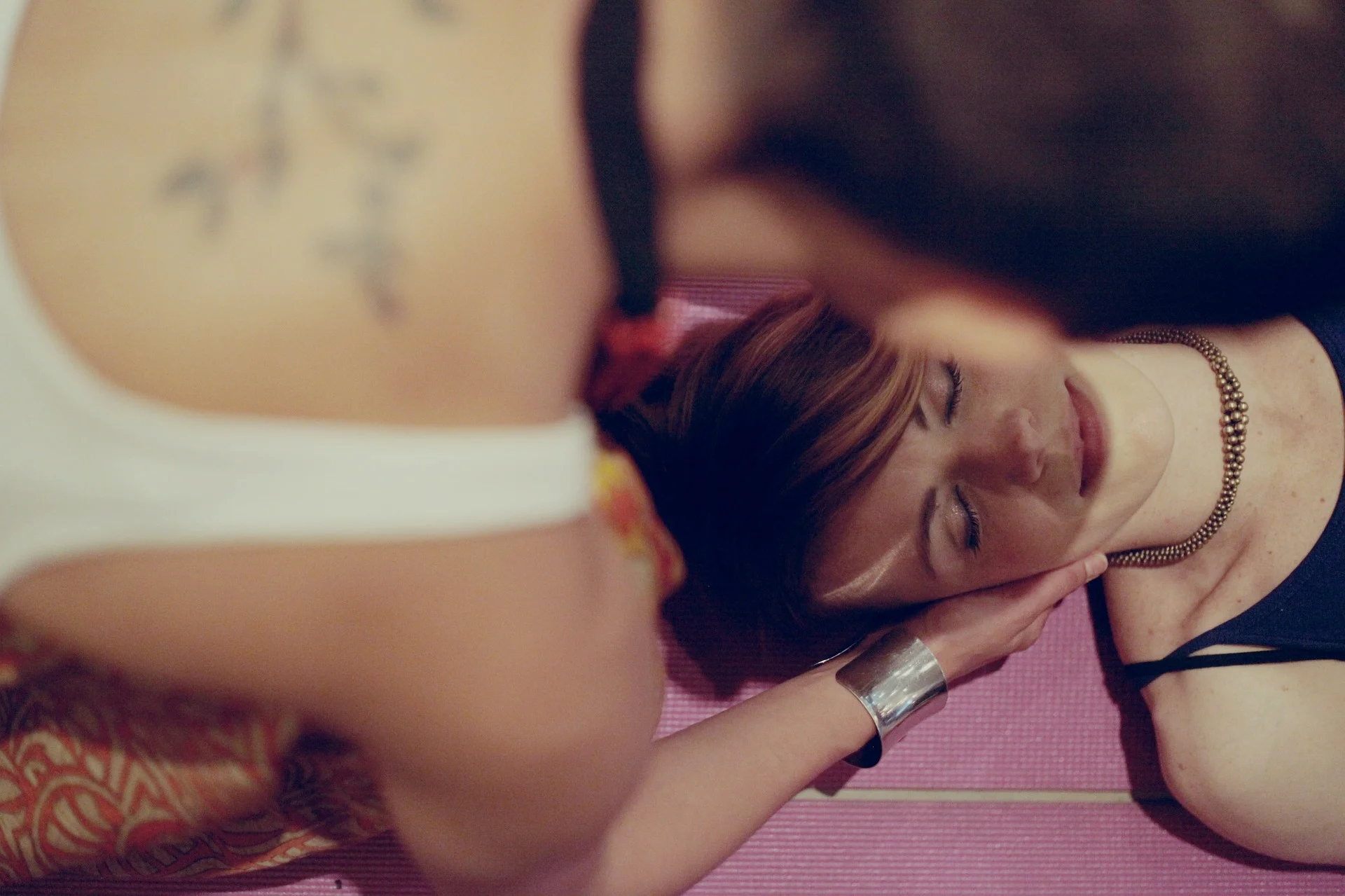
What is Reiki?
Brief History:
Reiki is a form of hands on energy healing founded and developed in Japan by Dr Mikao Usui (1865-1926). It is based on the belief that the body has its own innate intelligence and therefore ability to promote its own healing. Usui was fortunate to have been born into a wealthy family and was well educated. He could read and speak several languages and had a keen interest in theology, philosophy and medicine which influenced his teachings.
Usui had studied many healing techniques and was well respected as a healer and teacher. Whilst working as a principal and minister at a christian boys school he researched ‘the hands on healing of Jesus’. Reiki practice as a hands on healing modality was further developed on the final day of a 21 day fasting meditation. It was on this day that he received the formula for Reiki via enegetic intelligence.
The word “reiki” loosely translates to “universal life energy” — an energy which exists within, and surrounds, each body — and the practice involves transmitting or balancing that energy, through the specific placement of the practitioner’s hands.

How is it done?
It is most frequently performed with the recipient laying on a massage table. The practitioner places their hands lightly on or just above the person’s (fully clothed) body.
How long is a session?
Most sessions are between 30 minutes to 1 hour depending on clients needs or preferences.
Are there any side effects?
Reiki is gentle and non-invasive. It does not require anything other than your willingness to accept this healing. There are only positive effects involved, the most common of them being relaxation and calmness.
What can it help with?
The most common conditions that Reiki is sought for are, stress, anxiety, tension, chronic pain and headaches. The fundamental belief is of the body’s natural ability to heal itself under the right conditions. Relieving stress and anxiety allow the body systems to function at their optimum level which promotes a range of health benefits. During a Reiki healing your mental, emotional, physical and spiritual wellbeing are brought back into alignment.
Is there any evidence of its validity?
For years Reiki, along with other methods of holistic therapies were looked upon with disdain, even contempt from medical associations, practitioners, mainstream scientists and clerics. The idea that the human body was permeated or surrounded by an invisible, etheric body of “life force energy” was no less than nonsense. These negative conclusions were formulated on the premise that “life energy” fields such as those accepted in China as Chi or qi, in Japan as Ki and in India as prana, were “unseen” and “immeasurable” by traditional research or scientific instrumentation. But now all that is changing. William Lee Rand - Founder of the International Centre for Reiki Training
Today, Reiki education is offered free of charge in more than 800 American Hospitals to accelerate the healing process and to alleviate pain.
The most recent data analysed (during 2008-9) shows strong evidence that Reiki is indeed responsible for a positive biological response in both humans and animals. The strongest evidence (rated “excellent” in the Process) was reported in the most carefully controlled of all experiments; none other than laboratory rats. In both 2006 and 2008 stressed-out lab rats received Reiki treatments and they all showed significantly reduced stress, anxiety and depression responses. “Sham” or bogus Reiki treatments were given to the placebo group and they showed no reduction in stress, anxiety or depression. Testing in humans performed between 1993 and 2006 showed ratings from Satisfactory to Excellent, all suggesting that the benefit of Reiki treatments was positive in controlling pain levels in humans. There were some “confounding variables”, which is typical in hospital (as opposed to laboratory) studies; however, the placebo Reiki treatments in this experiment were by contrast ineffective in controlling pain. (validity source - greenlotus.hubpages.com)
